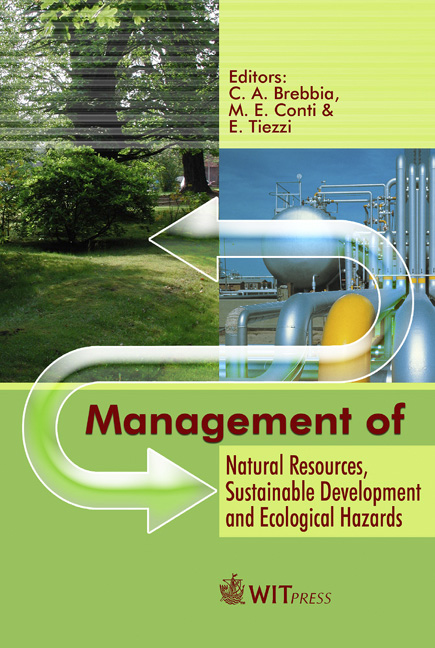Carrying Capacity Assessment In Tourism: The Case Of The Dodecanese Archipelago
Price
Free (open access)
Transaction
Volume
99
Pages
11
Published
2006
Size
765 kb
Paper DOI
10.2495/RAV060221
Copyright
WIT Press
Author(s)
B. S. Tselentis, D. G. Prokopiou, M. Toanoglou & D. Bousbouras3
Abstract
Greece depends heavily on the tourist trade, as tourism is the main economic activity. Carrying capacity assessment has become an indispensable tool for formulating policy and strategies in the tourist industry worldwide. The Dodecanese archipelago has 19 islands; mainly concentrated over than 250.000 beds. The tourist product is a blend of ecological, social and economic sub-systems, operable in the area of interest. For the Greek Islands, environment, both natural and man made, plays a leading role in the sustainable development of the industry. It is the purpose of this paper to apply the principles of carrying capacity assessment to the Dodecanese islands, differing in their tourist development, in an effort to highlight the importance of such a tool in developing long-term sustainable policies for such communities. 1 Introduction The World Tourism Organisation (WTO) proposes the following definition of carrying capacity: \“The maximum number of people that may visit a tourist destination at the same time, without causing destruction to the physical, economic, socio-cultural environment and an unacceptable decrease in the quality of visitors' satisfaction.” [1]. Today, controlling tourist growth has become a central policy issue for the tourist trade [2], and it is noteworthy that carrying capacity assessment has
Keywords





